Plan to demolish Thamesmead estate approved by residents (well, not all….)
Large scale redevelopment of parts of Thamesmead have taken a step forward after a ballot of residents saw 70 per cent approve changes.
Private tenants who are not on a council waiting list were excluded from voting. For example, your truly who privately rents with a young family would have no say if living there.
According to land owner Peabody, in response to the question “Are you in favour of Peabody’s proposal to include Lesnes Estate in their regeneration plans for South Thamesmead?”, 65.4% of residents participated with 70.2% voting yes.
Further details are now awaited on what will happen to the site. 1,300 homes are proposed yet only 35 per cent are to be “affordable”. Rents will increase according to Peabody.
Without figures it’s hard to know the exact change in social housing numbers from existing levels, but plans are likely to result in no net increase in “affordable” homes, let alone social housing.
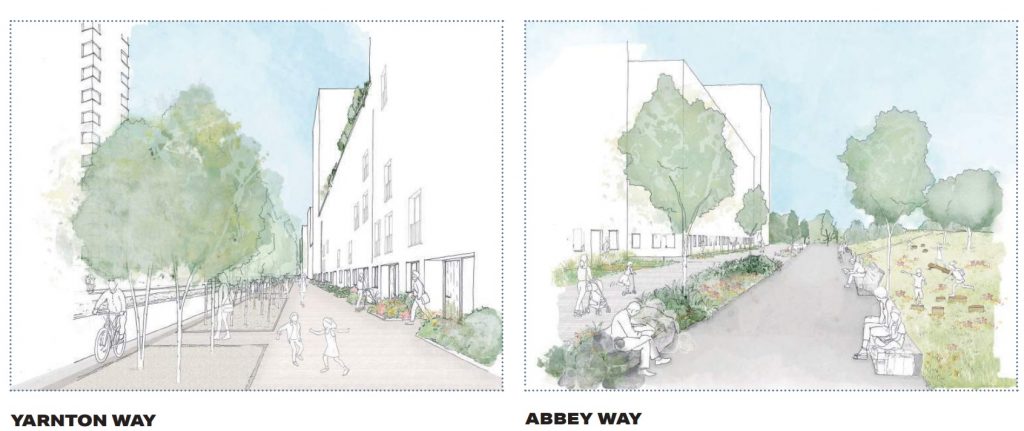
In fact the reverse is possible with a loss of all social homes. We do know rents will be increasing though not by how much. Peabody state:
“If you move to one of the new homes we are building in South Thamesmead your rent is likely to be higher than it is currently. This is because the new homes are high-quality, modern and energy efficient. To help, we will be increasing your rent gradually over a period of ten years.”
So why did residents approve? Well, many current social residents are protected and can move back, though this will possibly do little for those in need of secure, truly affordable housing in future. Which is a problem, as waiting lists and those in emergency accommodation continue to rise at high cost to taxpayers.
Increased rents may be covered by the taxpayer for existing residents. Aside from that, rent increases occur over time which may help some, but it’s more to pay for those looking for a home in a decade.
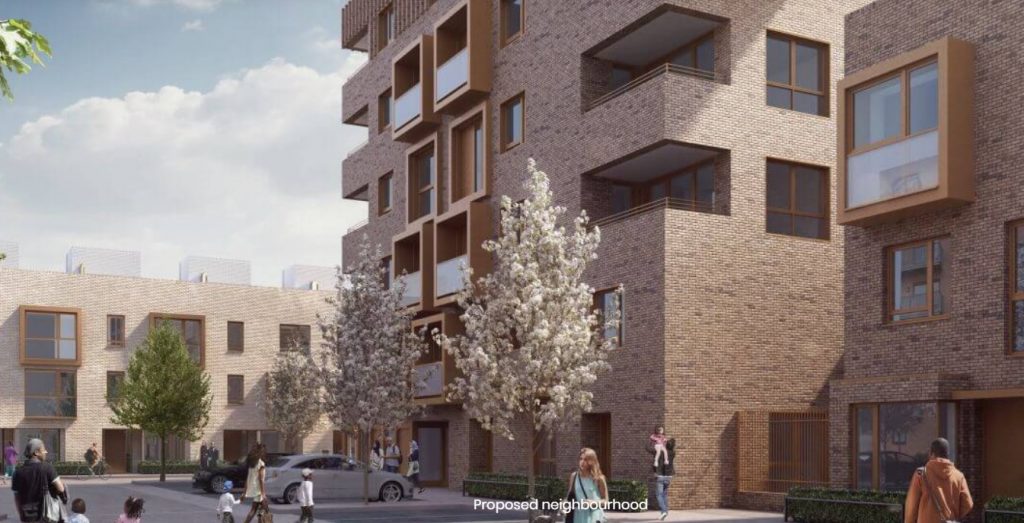
We saw similar at other major regeneration projects including three estates in Woolwich and Kidbrooke. Existing tenants are protected. The next generation less so. Expect stories on this across the press is years to come.
This is the issue with ballots – it protects many existing residents but not those needing homes in future. It pushes through rent increases with no net increase in social, or even “affordable” homes in many cases. Private renters – which are an ever growing groups who already have far less protection than social tenants – have little say.
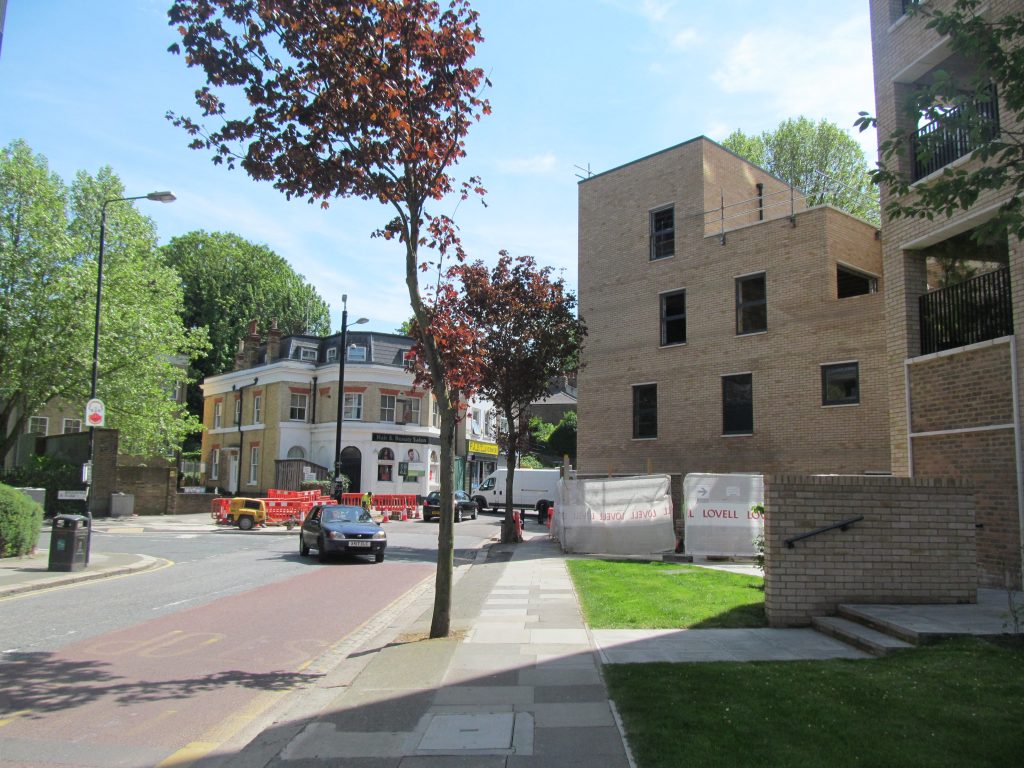
Social renters will gain payments to help when moving and a new home. Private renters will not. Landlords however will be helped and receive cash above market rates for homes and legal fees.
The contrast between those with assets and wealth – and many without – is stark:
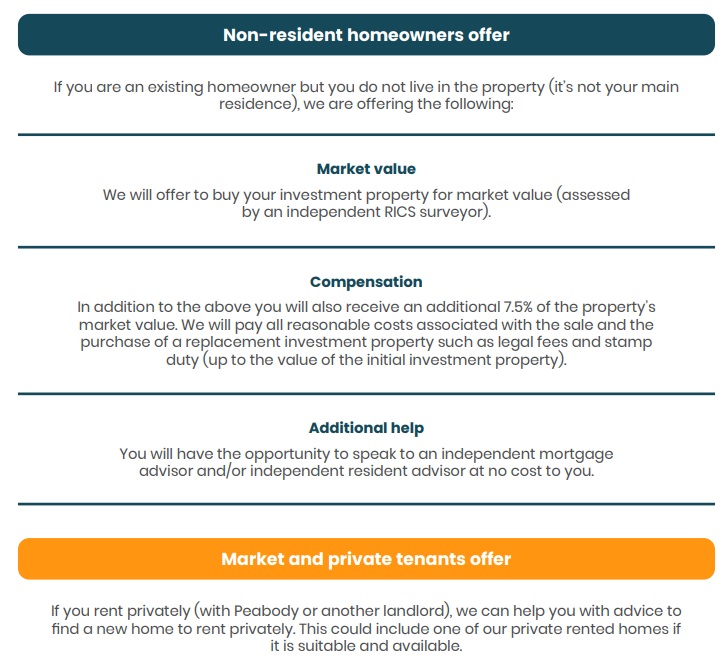
Design
What we can expect are new designs that remove many of the experimental elements of Thamesmead dating from the 1960s. Car was the future then, and so garages dominate in many places. This leads to awkward through-routes on foot though some pleasant courtyards are in place.
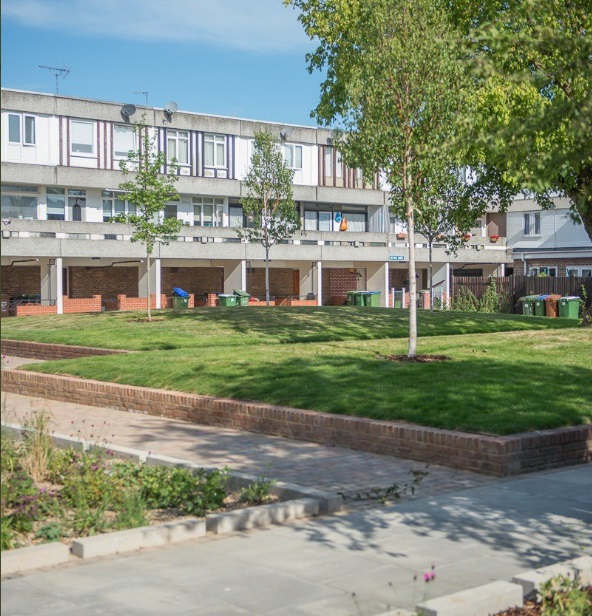
Flood risk in the 1960s also necessitated no habitable rooms at street level.
Peabody announced years ago that a large expanse of brick wall lining Yarnton Way would be removed, though like much else announced by the group this has not yet happened.
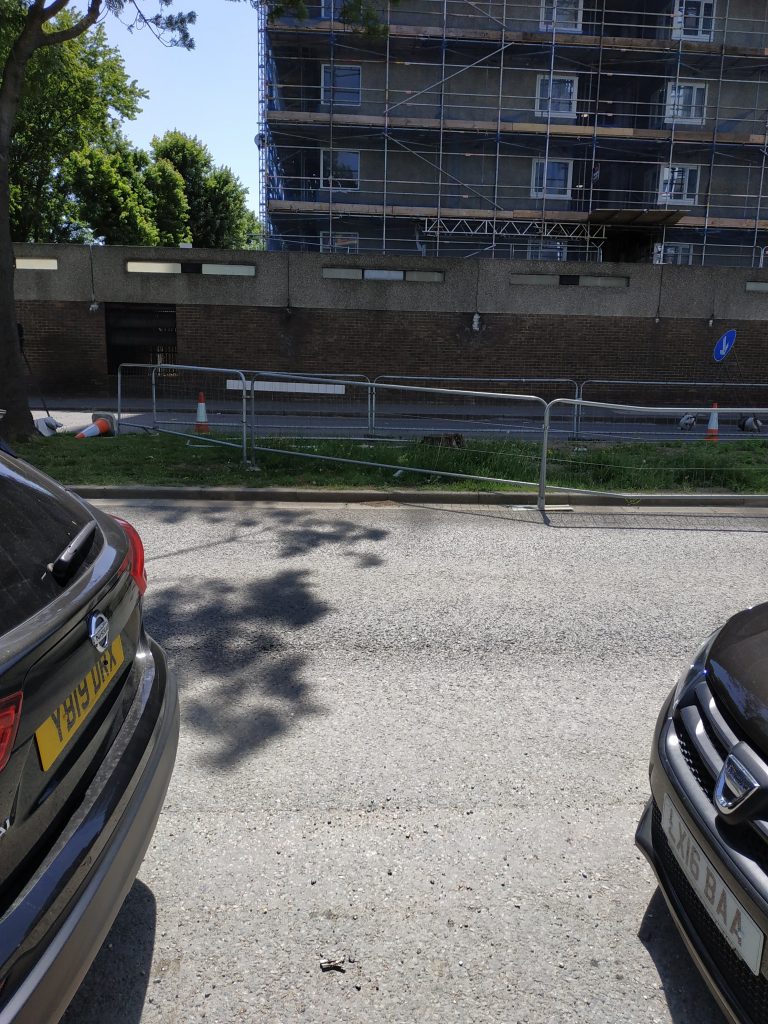
A raised walkway is located above garages:
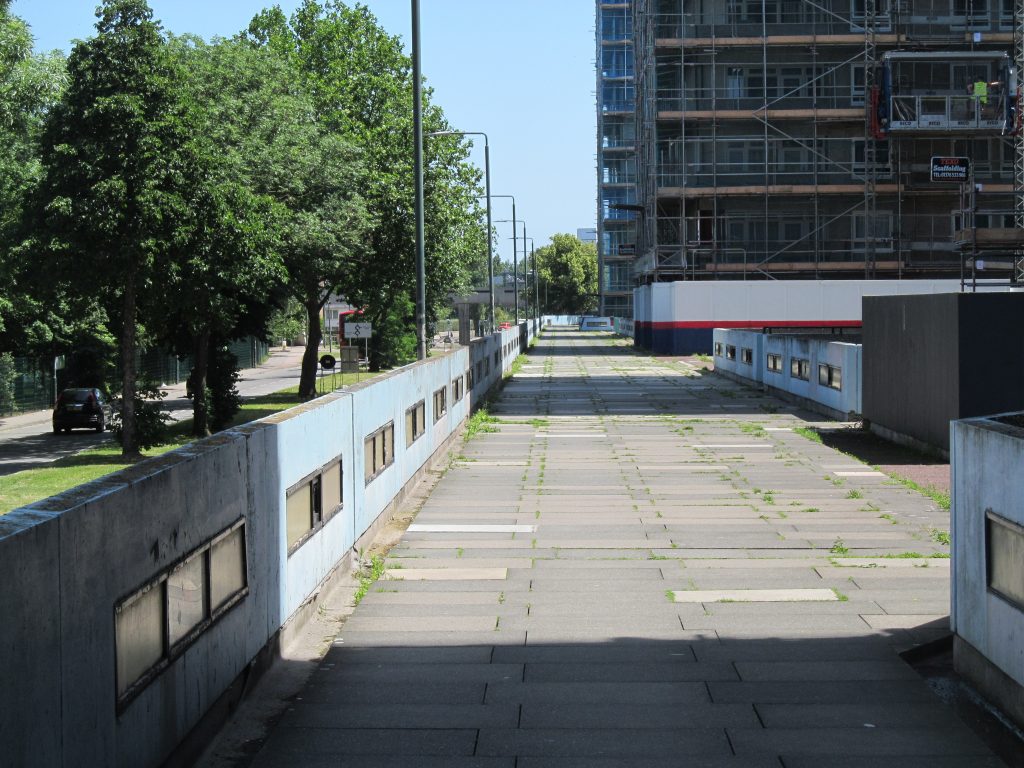
New builds will be far more conventional with active street frontages and roads through the site.
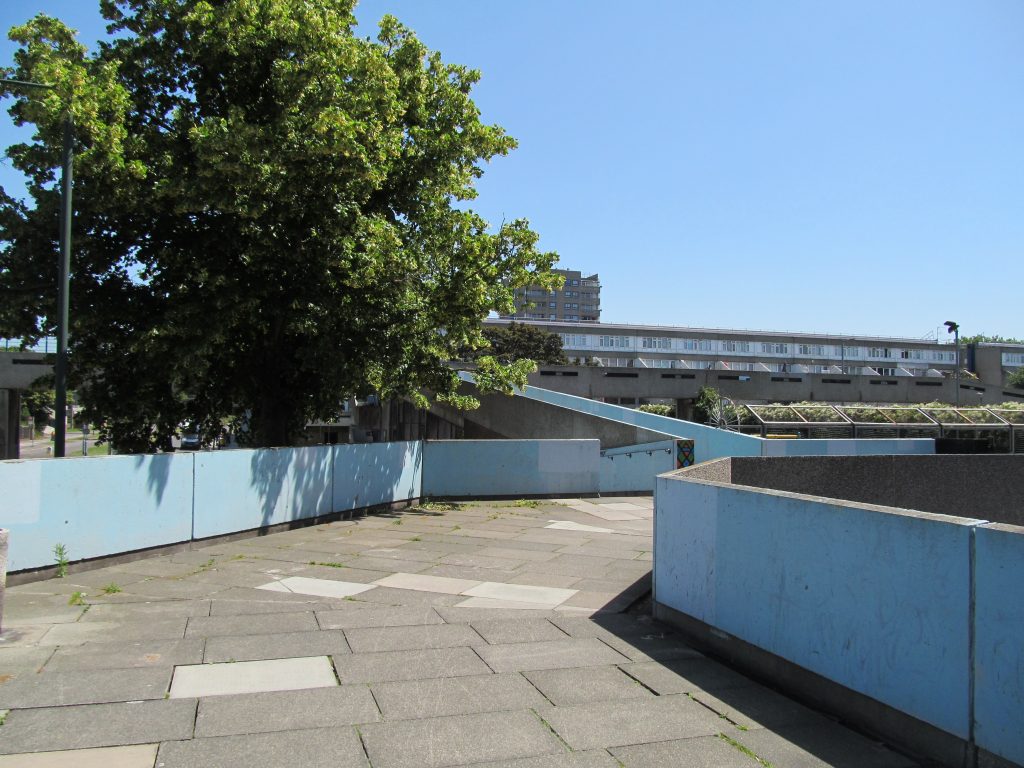
Despite Peabody recently working on blocks in the area which saw months of scaffolding placed around tower blocks, they state they will start moving residents out next year. The full process will take over five years if they stick to timescales. As this is Peabody, take that with a pinch of salt.
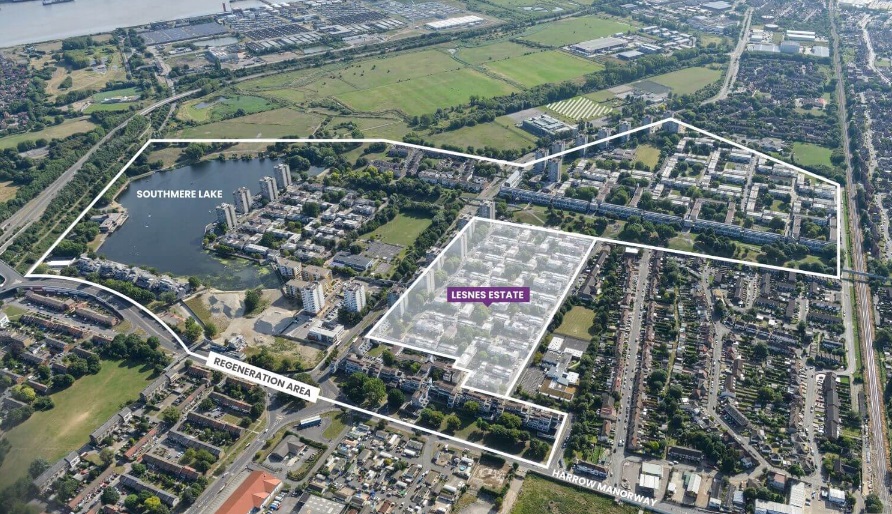
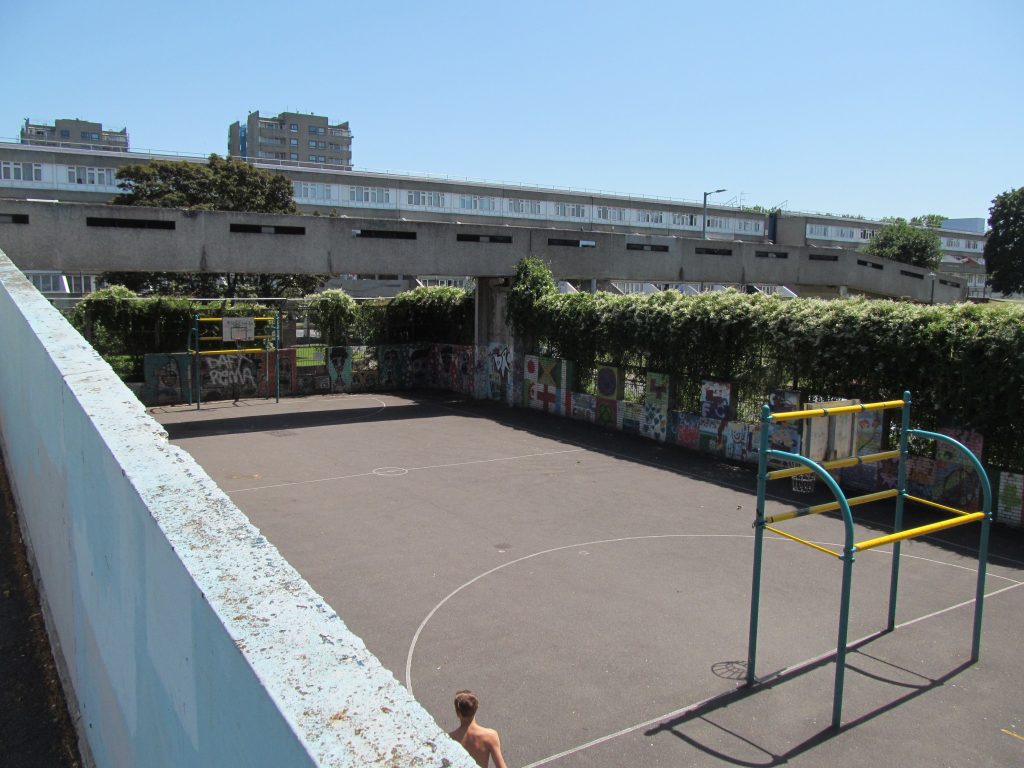
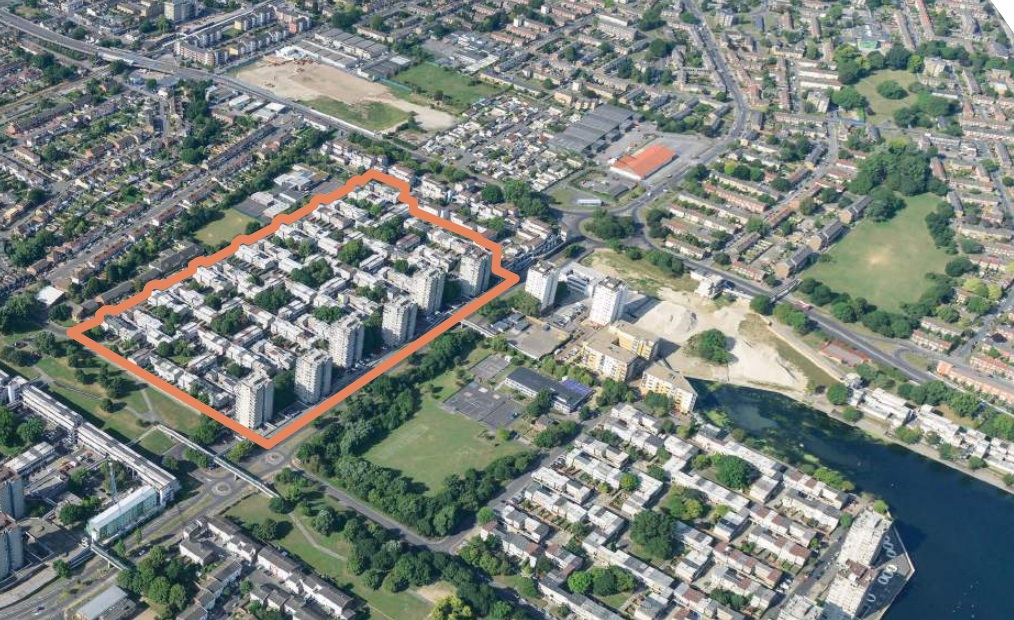

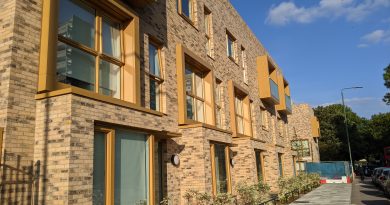

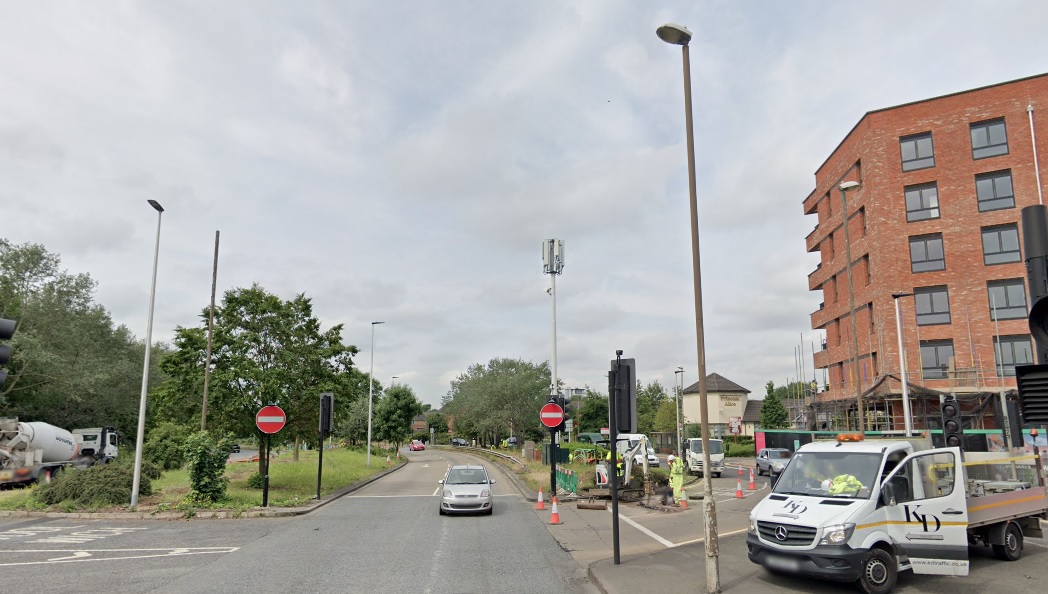
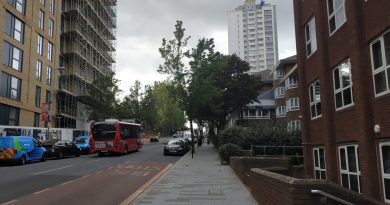
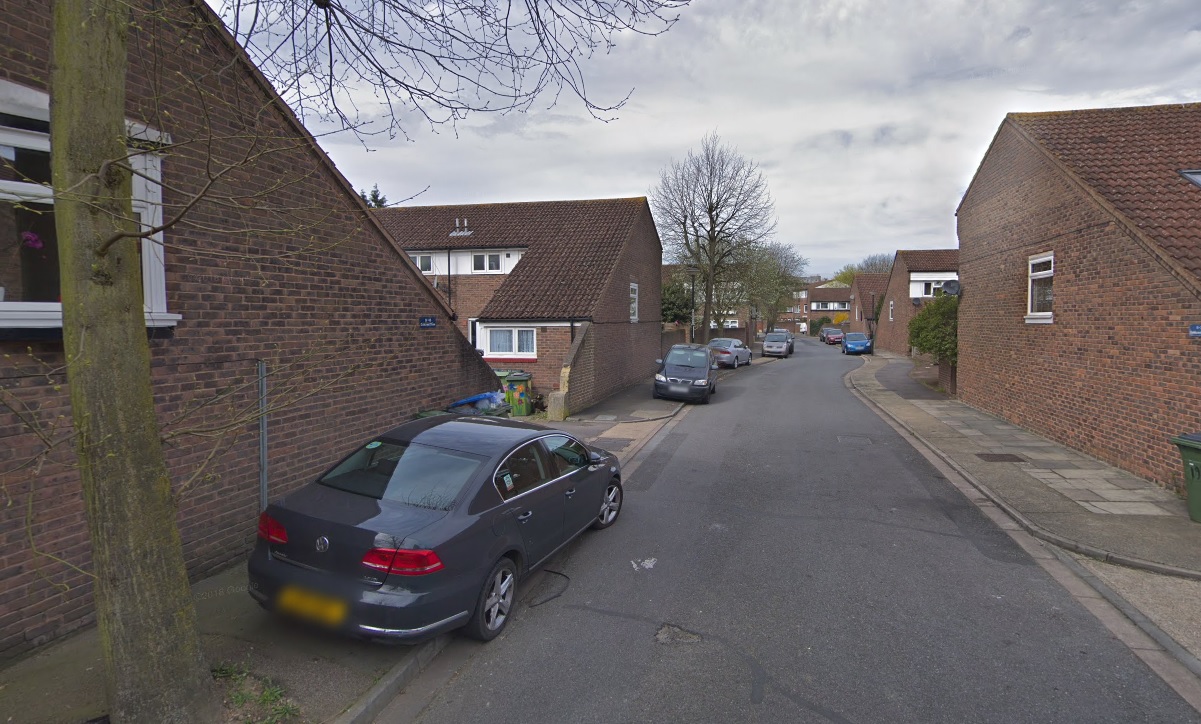
I agree with you but as usual no one is listening…as always the low paid and disadvataged are always ignored…unfortunately they have no voice…Greenwich Council look on it as someone else’s problem…as do most people….what always springs to mind when looking at Greenwich is the lack of thought and innovation…no joined up thinking…everyone looks at high rise which as far as I can see is anaethema to human society…..I used to live 12th floor once many years ago…
What is obvious in Greenwich is that all the Estates being demolished were built by Greenwich 50 or so years ago…and nothing learnt since then
The Pool was fabricated .Many voters in pool did not live in the area.but no one check that.This wad bonus for Peabody
.
Thank you Murky. A very good article as always.
I am pleased the walkways will become a thing of the past with new roads through the development and active street frontages.
Also please to see the buildings will not be covered in cladding looking at the photo of the early plans.
It will be interesting to know how many social housing units will be on the development once final figures are known.
Roy I agree most of the blocks now being demolished by Greenwich Council are those estates built in the 1950’s and 1960’s. Some where built by the then Greater London Council.
Those estate rebuilds typically have fewer units, higher rents and smaller dwellings. Leaseholders are particularly badly affected. Interesting reading here: https://www.theguardian.com/society/2015/jan/20/barnet-council-social-cleansing-barratt-homes-west-hendon
Venislav, can you explain? How was that possible if even not all tenants could vote?